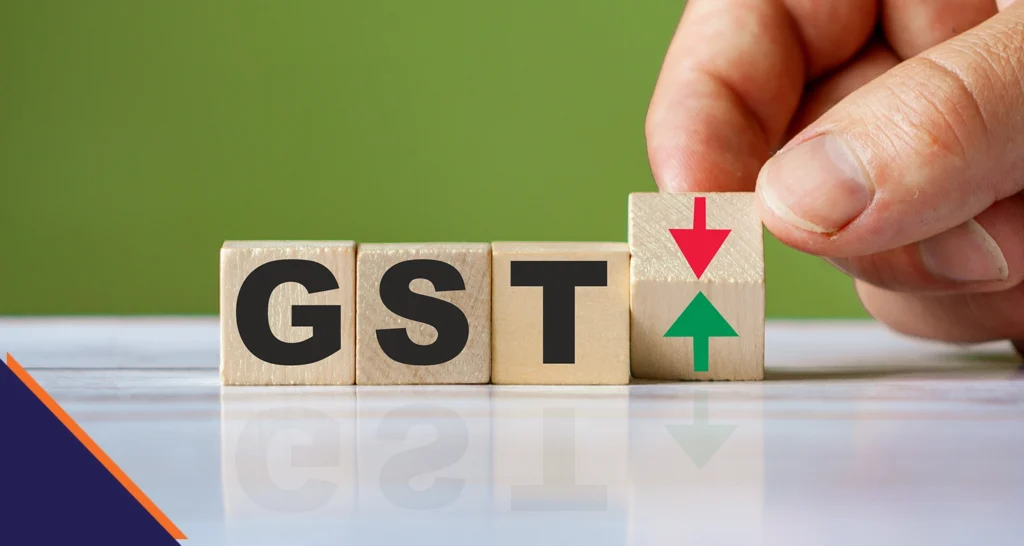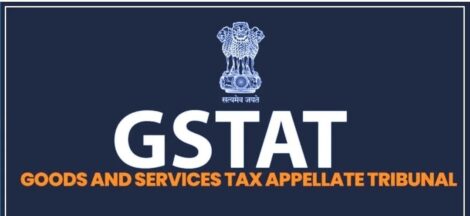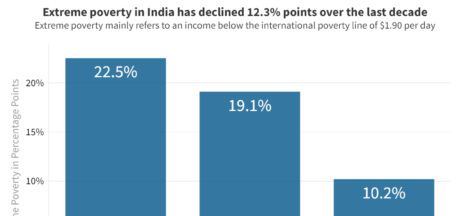Introduction
The GST tax system in India was implemented by the government of India starting from 1st July 2017. It produced various benefits and had many indirect tax benefits. Most of the indirect taxes that were there, including VAT or Value Added Tax, service tax, and excise duty, were replaced. The systems made it easier for all MSMEs and any business owner to pay taxes online from anywhere on time.
One important part of GST is filing GST returns. As a business owner it is always important to file the GST returns and having the right knowledge is crucial.
Let’s understand more about GST Returns.
What are GST Returns?
A GST return is a document that every business owner has to file with the government through the GST portal stating their total sales, purchases, and taxes collected and paid within a particular period. Doing so offers tax authorities an overview of your business transactions total of sales, tax collected from customers, and tax paid to suppliers.
The government, based on the information given in your GST returns, will understand the overall data and help to calculate your GST liability-the amount of GST owed-and make refunds for you accordingly. If you’ve paid more tax than you owe, you can claim a refund. If you owe more tax than you’ve paid, you must pay the difference accordingly.
Which kind of Business owners or MSMEs should be filing GST returns?
Registered Business: Each and every MSME or any big business who have GST registration, can file GST returns.
Businesses with Annual Turnover Exempted or above Threshold limit: A business whose turnover for the previous financial year exceeds an amount which is selected by the notification under section 22 (Rs 20 lakh in India while it varies from state to state and type of business). Selected businesses would be required to register for GST and have to file GST returns.
E-commerce Operators: E-commerce operators, such as Amazon.com, Alibaba, India Mart, etc. who provide a platform for selling products and services of other business proprietors in India, have to file GST Returns.
Composition Scheme Dealers: Enterprises that have chosen composition schemes, are expected to file returns, though their filing timetable is less rigid than that of a regular taxpayer.
Non-Resident Taxable Persons: Any individual or firm that from time to time provides goods or services in another country and through which they might not be residing, but has the levying liability on him, also needs to file the return.
In the end, it is recommended that you check on the GST portal whether your business falls under the eligibility criteria to file tax and therefore apply for the GST returns as well
As a Business Owner Let’s view How to File GST Returns Online.
Steps to fill online GST return The step-by-step guide to file an online GST return is as follows: For any large files to be uploaded or downloaded, using a laptop or desktop for filling out the GST return is recommended since in the mobile versions, the featured may not be opened.
Login to the GST Portal: Open the official GST portal- www.gst.gov.in with your GSTIN and password for login. Once you are logged in, go to the GST Returns section. Enter the financial year and return filing period.
Select a GST Return Form: Choose an appropriate form as required. For example, if you are furnishing GSTR-1, that is outward supplies, or GATE-3B, a Summary of all transactions.
Enter Details: Fill up all the columns under sales, purchases, taxes collected, and paid.
Upload Invoices: If you must upload your sales and purchase invoices.
Preview and Submit: After filling up all the above columns, preview all the details that you have entered. Make sure that the particulars filled in are correct and then submit the form.
Download the Acknowledgement: After submission of your return, download the receipt or acknowledgment for record purposes and take some time to identify any data errors.
Benefits of Filing GST Returns
Compliance: All that is required for your business to be on the right side of the law is to ensure you file compliance returns timely and correctly. Non-compliance will put you in a position of paying fines, penalties, and even lawsuits which will impact your goodwill and reputation of the business.
Input Tax Credit: Through input tax credit, you will be able to offset the tax you have incurred on your purchase against the tax that you have to pay on sale while filing your GST returns. It means that your tax liability decreases as a whole.
Better Business Credit Worthiness: GST return filing periodically enhances the credibility of a business and contributes to the reputation among customers as well as partners. As a result of this, GST returns are also highly valued when applying for a business loan with financial institutions such as banks and NBFCs.
No Penalties: Late filing of GST returns can result in penalties and interest. Filing on time helps you avoid these extra costs.
Easy Loans: Timely GST filings ensure your business operations remain smooth without any interruptions from tax authorities. Additionally, banks and financial institutions like NBFCs look for tax compliance while granting msme business loan and other financial assistance to those who seek. GST filing history will easily get business the desired loans.
Various Types of GST Returns
- GSTR-1: This return is for reporting the details of outward supplies, i.e., sales. It must be filed monthly or quarterly, depending on the taxpayer’s turnover.
- GSTR-3B: A simplified summary return that reports total sales, purchases, and tax liability for a particular month. It must be filed monthly.
- GSTR-4: This return is for businesses that are under the Composition Scheme. It is filed quarterly and is simpler compared to other returns.
- GSTR-5: Non-resident taxable persons, who temporarily supply goods or services in India, must file GSTR-5. It is a monthly return.
- GSTR-6: This return is meant for Input Service Distributors. It is filed monthly and contains details of the credit distributed to different branches.
- GSTR-9: This is the annual return that must be filed by regular taxpayers. It provides a summary of all monthly or quarterly filings made throughout the financial year.
- GSTR-10: Filed by taxpayers whose GST registration has been canceled or surrendered, this is known as a final return.
- GSTR-11: This is for individuals and entities who have been issued a Unique Identification Number (UIN), such as foreign diplomats, to claim refunds of GST paid.
Conclusion
Filing GST returns is not a statutory formality but is quite an essential business exercise to be carried out under the GST regime to ensure transparency in business transactions and to monitor tax inflow effectively. So it is always recommended to get in touch with any of the CA persons while filing for GST and GST returns because if any errors are caused, those might cost you and lead to unwanted difficulties. Whether you happen to be a small businessman, an e-commerce platform, or a non-resident supplier, you keep yourself away from the reach of law and penalties when you file GST returns on time and also show your claims for input tax credit, which thereby drastically cuts down your liability.
Apart from all these compliance measures, return filing helps increase creditworthiness of the business, making loan acquisition simpler. Taking a business loan from NBFCs is especially advantageous as they normally provide business loans with attractive interest rates with much more flexibility in repayments than traditional banks. Therefore, excellent records in GST return filings make you more credible for NBFCs and increase the possibility of getting excellent loan deals for expanding and growing your business.




 Political tensions flare as MIM and Congress leaders clash in Hyderabad
Political tensions flare as MIM and Congress leaders clash in Hyderabad 